- Home
- Articles
- Architectural Portfolio
- Architectral Presentation
- Inspirational Stories
- Architecture News
- Visualization
- BIM Industry
- Facade Design
- Parametric Design
- Career
- Landscape Architecture
- Construction
- Artificial Intelligence
- Sketching
- Design Softwares
- Diagrams
- Writing
- Architectural Tips
- Sustainability
- Courses
- Concept
- Technology
- History & Heritage
- Future of Architecture
- Guides & How-To
- Art & Culture
- Projects
- Interior Design
- Competitions
- Jobs
- Store
- Tools
- More
- Home
- Articles
- Architectural Portfolio
- Architectral Presentation
- Inspirational Stories
- Architecture News
- Visualization
- BIM Industry
- Facade Design
- Parametric Design
- Career
- Landscape Architecture
- Construction
- Artificial Intelligence
- Sketching
- Design Softwares
- Diagrams
- Writing
- Architectural Tips
- Sustainability
- Courses
- Concept
- Technology
- History & Heritage
- Future of Architecture
- Guides & How-To
- Art & Culture
- Projects
- Interior Design
- Competitions
- Jobs
- Store
- Tools
- More
6 Ways a Well-Maintained Roof Supports Better Architectural Integrity

A well-maintained roof does more than just keep the elements at bay. It plays a vital role in preserving the architectural integrity of a building. From ensuring safety to enhancing energy efficiency, the condition of your roof significantly impacts both functionality and aesthetics. Many homeowners may overlook routine inspection and maintenance, but understanding the ramifications of neglect can motivate proactive measures. Here are six ways a properly maintained roof supports better architectural integrity.
Table of Contents
ToggleEnhancing Structural Stability
The roof serves as the first line of defense against environmental elements such as rain, wind, and snow. Proper maintenance prevents deterioration that could lead to structural failings. According to the National Roofing Contractors Association, nearly 80% of all roofing problems stem from improper installation and lack of maintenance, which can create vulnerabilities in a structure. A well-maintained roof distributes weight evenly across the walls, minimizing stress on the building’s framework. If you’re considering roof maintenance or repairs, it’s a great time to contact a trusted contractor and get a free quote to explore your options. When structural stability is compromised, it could lead to foundation issues that are not only costly to repair but may also jeopardize occupant safety.

Improving Energy Efficiency
A well-maintained roof can significantly contribute to a building’s energy efficiency. Insulation works hand-in-hand with roofing materials to help regulate indoor temperatures. By opting for reflective roofing materials and ensuring adequate ventilation through regular upkeep, properties can minimize energy costs. Studies have shown that reflective roofing can reduce energy consumption by upwards of 30%, translating into significant savings. Proper insulation reduces the demand on heating and cooling systems, ultimately supporting lower energy bills and a lesser environmental impact. Addressing small issues like leaks or damaged shingles early can prevent energy loss and maintain the roof’s overall performance year-round.
Preserving Aesthetic Value
The appearance of a building’s roof contributes heavily to its aesthetic appeal. A neglected or poorly maintained roof can detract from the beauty of even the most well-designed property. Regular inspections and maintenance can prevent unsightly issues like leaks, mold growth, and damage to shingles, ensuring the roof complements the property’s architectural style. A visually appealing roof can increase property value, which is particularly important if the homeowner decides to sell. Potential buyers are often deterred by the sight of a shabby roof, making upkeep a worthwhile investment. Maintaining a clean and intact roof helps preserve curb appeal, leaving a strong first impression on visitors and prospective buyers alike.
Extending Lifespan
The average lifespan of a roof can vary significantly based on the materials used and the level of maintenance provided. Asphalt shingles may last around 20 years with regular care, while metal roofs can last over 50 years. Routine inspections and minor repairs can extend the lifespan of roofing materials considerably. By tackling minor issues early, homeowners can avoid significant roof replacements that are both financially and logistically disruptive. Investing in maintenance can yield long-term savings by maximizing the durability of roofing systems.
Mitigating Water Damage
Water damage is one of the most pervasive issues that can arise from a poorly maintained roof. Efficient drainage systems are critical for preventing water pooling and leaks. Regular maintenance can ensure gutters and downspouts are clear and functional, preventing overflow that can compromise walls and foundations. Water intrusion can lead to costs exceeding thousands of dollars in repairs. Addressing leaks immediately protects the house structure and the personal belongings within.

Supporting Building Codes and Safety Standards
Terrific architectural integrity aligns with compliance to local building codes and safety standards. A well-maintained roof is often a reflection of adherence to these regulations. Homeowners who conduct regular inspections and maintenance can ensure that their roofing systems meet specific safety requirements, mitigating risks that could lead to accidents or injuries. Failing to maintain a roof might result in legal liabilities, particularly if it leads to injuries due to negligence. Owners should be proactive in checking to ensure their roof remains compliant with the latest standards to protect their investment and the health and safety of its occupants.
The importance of a well-maintained roof cannot be overstated. As discussed, the architectural integrity of a building relies heavily on the condition of its roof. From ensuring structural stability and enhancing energy efficiency to preserving aesthetic value, the benefits of proper maintenance ripple throughout the entire property. To safeguard your investment, prioritize routine inspections and engage professionals for timely repairs. A commitment to ongoing roof maintenance is not merely about protecting the roof itself. It is a crucial step toward ensuring the longevity and integrity of the entire structure.
illustrarch is your daily dose of architecture. Leading community designed for all lovers of illustration and #drawing.
Submit your architectural projects
Follow these steps for submission your project. Submission FormLatest Posts
Best Practices for Roof Inspections and Maintenance
On most projects, the roof spends decades out of sight while carrying...
Sunny Days, Secure Roof: Simple Steps to Shield Your Home
Your home is more than just a place to live—it’s a sanctuary....
Simple and Stylish Roof Ideas for Homeowners
When designing your home, don’t overlook the roof. It’s essential for both...
Key Qualities to Look For in a Residential Roofing Contractor
Choosing a residential roofing contractor involves careful consideration. The roof is a...







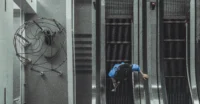
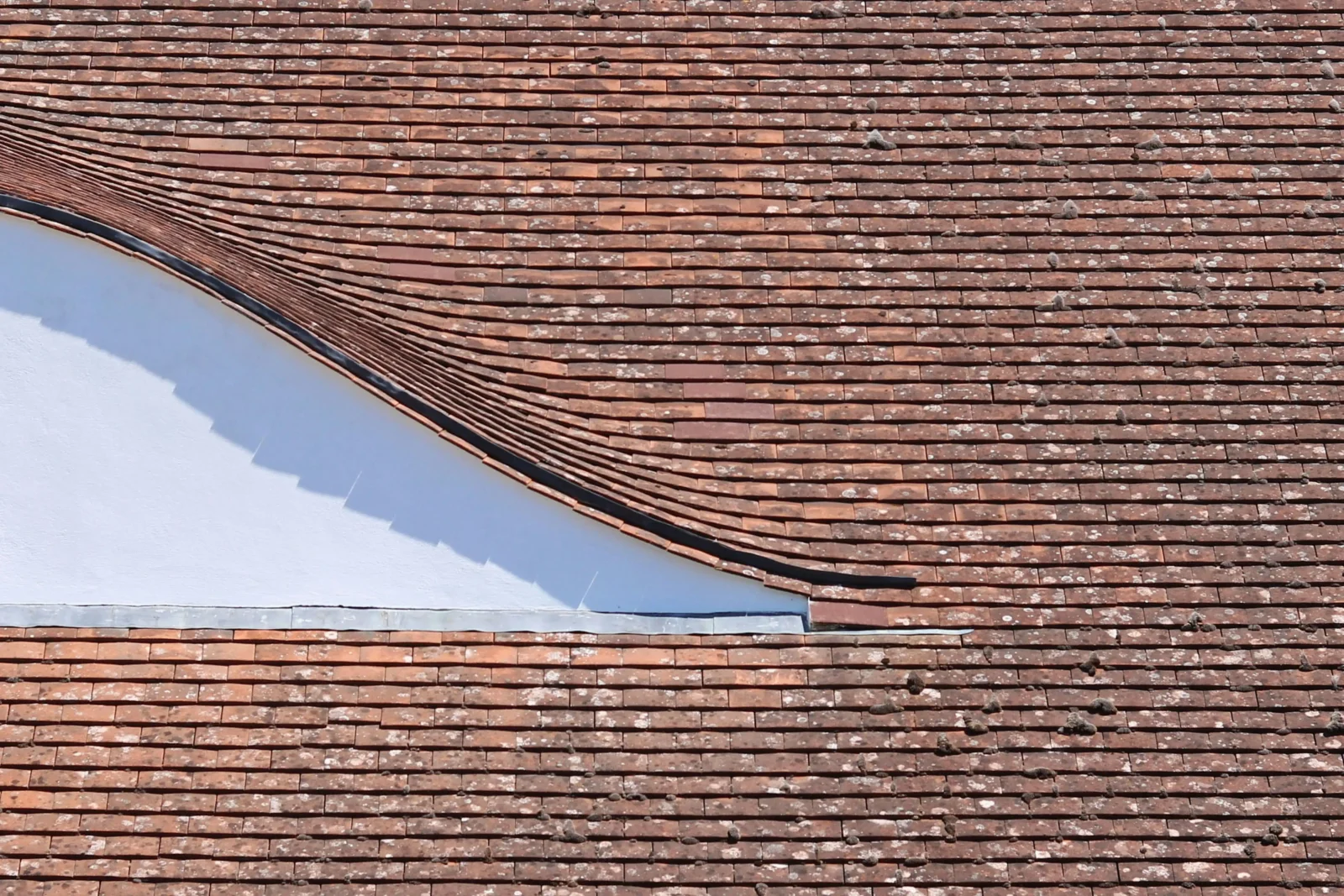
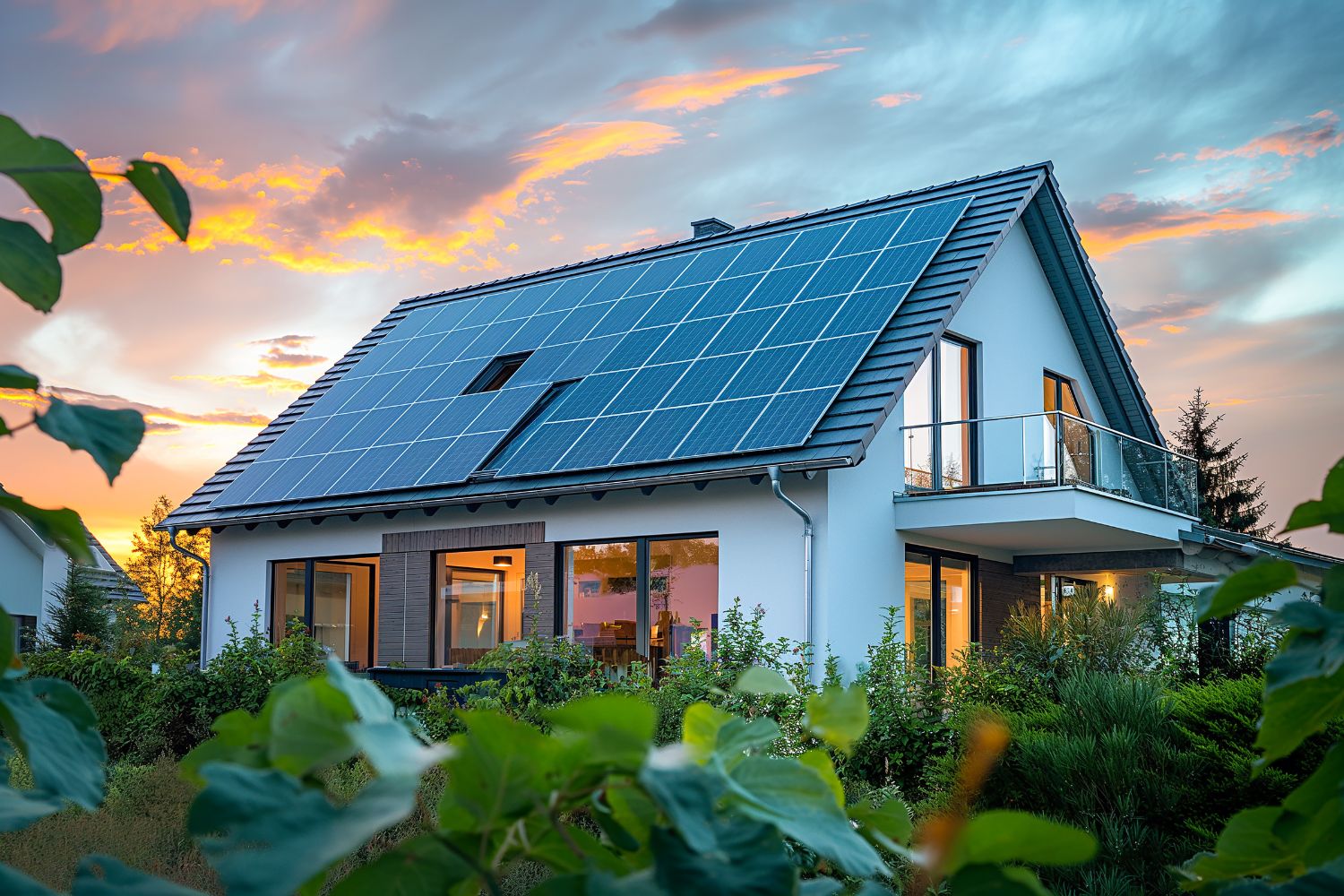
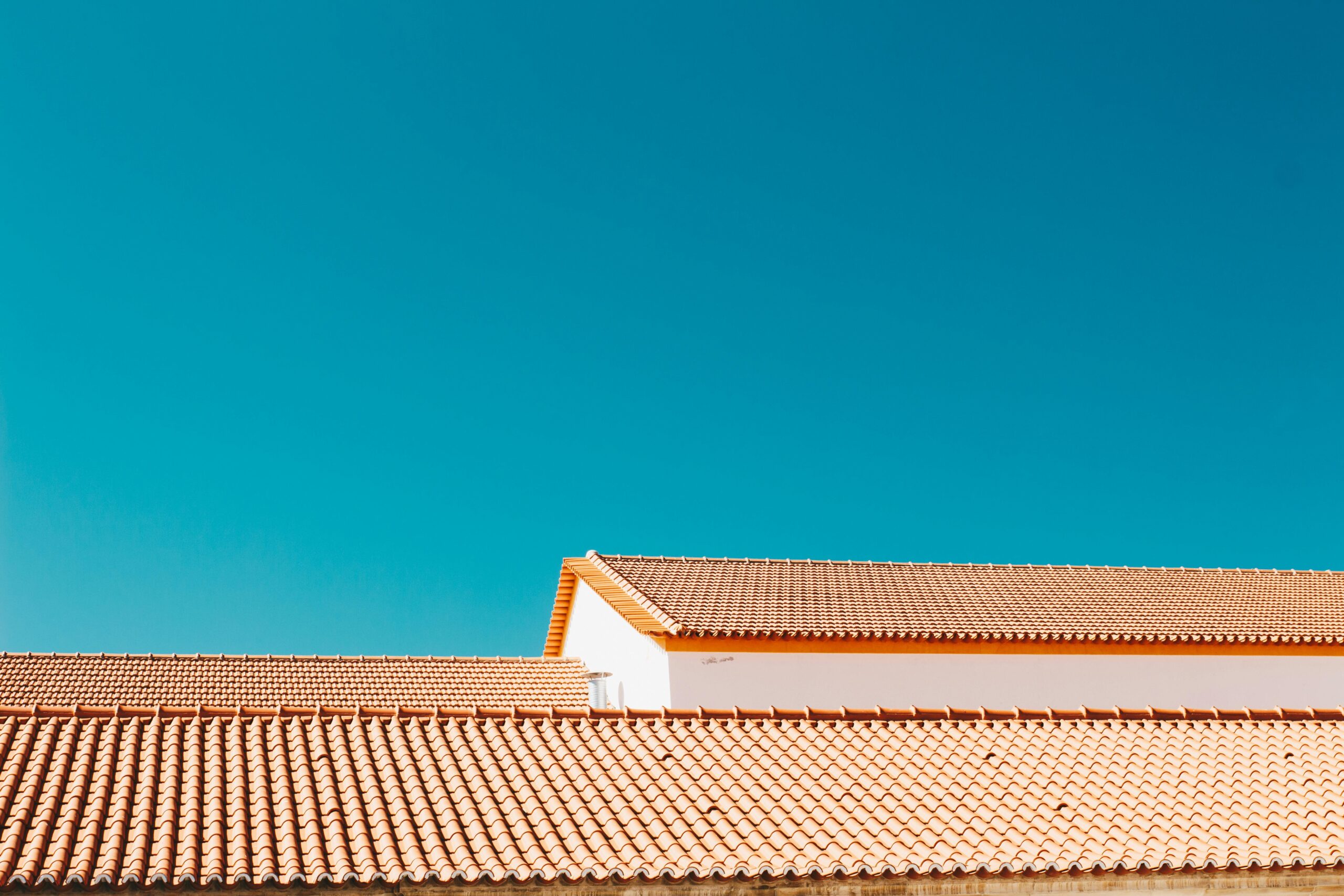
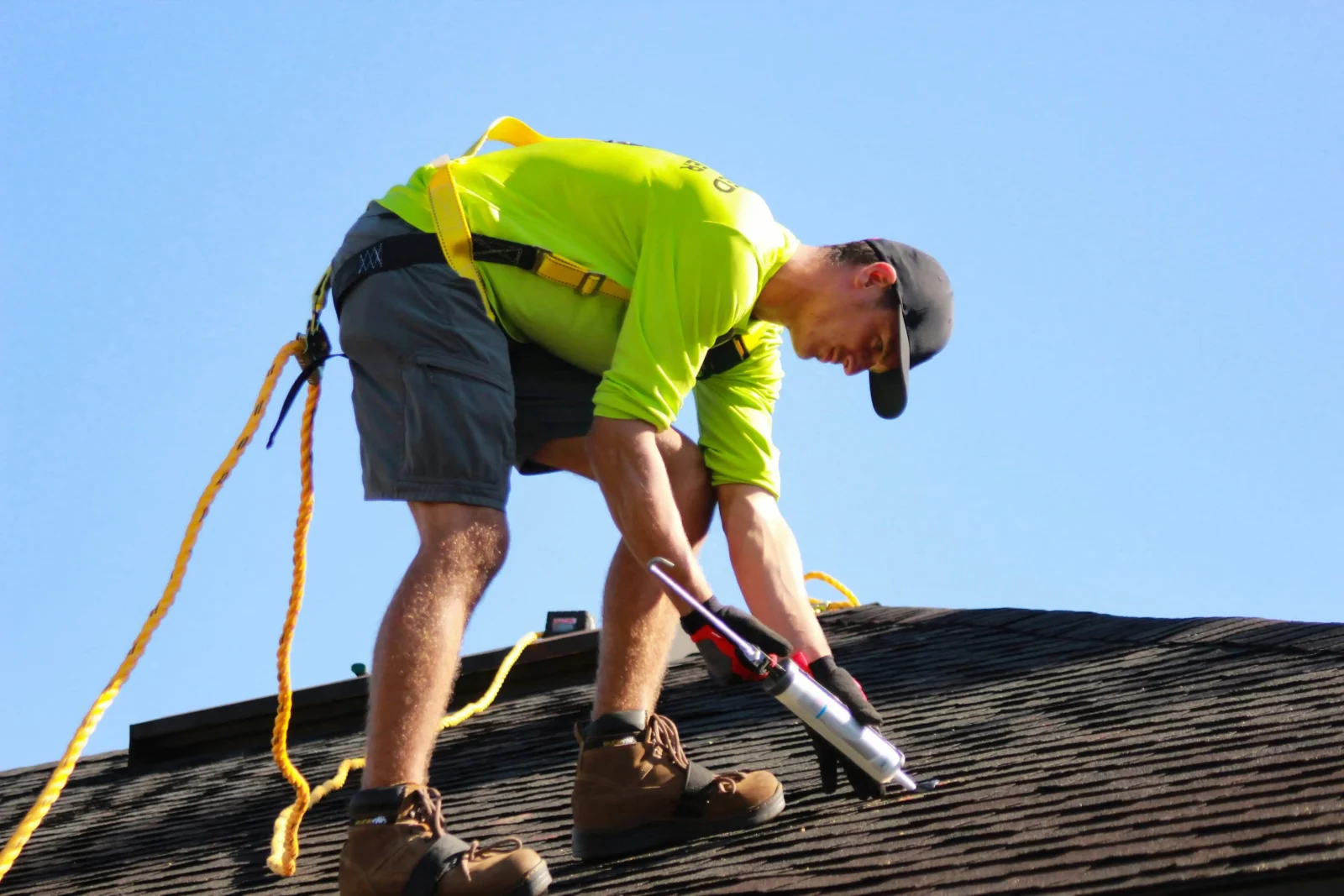
Leave a comment